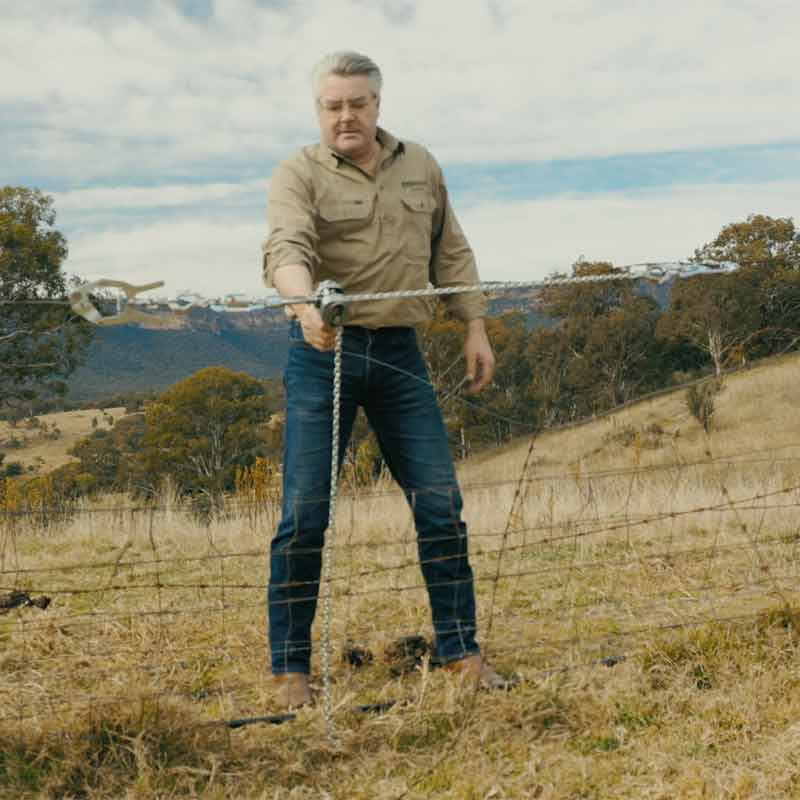When it comes to putting tension on agricultural fencing wire using a fence stretcher or strainer, there are now really only two methods that are considered to be relatively safe and efficient.
One method is to the use of a chain walker style tensioner that hooks onto the chain and is cranked back and forth to move up the chain and tension the wire. Often preferred by fencing contractors, these strainers are simple, reliable and quick to use, especially if you are doing long runs in excess of 500 meters. Because you can simply pull the chain up to where you have basic tension and then hook it on.

The down side is that the minimum distance of tension increase is about 40mm or 1 ½ inches. This makes it difficult on a short strain to get the correct tension without either over tensioning and breaking the wire or leaving it slack. Chain walking come along’s can also be a dangerous tool. Fingers and hands are easily caught when trying to back off the tension and letting go of the handle at the wrong time can lead to a painful whack.
The second method is to use a lever hoist or hand winch, it is a much easier and safer way to tension because you can stand out of the line of the strain, as a result there is a lot less chance of being hit by anything should the wire break. And the ratchet mechanism provides for precision movement of as little as 3 mm or 1/8th of an inch.

The only down side is, it can be a little slower to use a ratchet strainer, as you either need to wind the cable back onto the ratchet or pull the chain back through the block when doing the next strain.
Finally, to get the longest life out of the wire it’s important to have the correct tension on it. If you under strain the wire it will sag, which nobody wants, but if you over tension wire, which is easily done with a lever hoist. There is a real chance the wire will break. If not immediately, it will when the wire shrinks in cold weather.
As a result, a strain gauge is useful to ensure the correct tension. Although not a necessity, they make it much easier to meet a wire manufactures specifications and help get maximum life out of a fence.
Spring loaded tension gauges are tough, reliable and accurate to within 5 kilos if used correctly. Digital tension gauges on the other hand are not as robust but are highly accurate and are invaluable if you want to prove to a client your straining the wire correctly.

Wireman makes both types of wire tensioners and tension gauges so check out our range and get something that right for you.
If you have any questions or comment’s please don't hesitate to get in touch.

